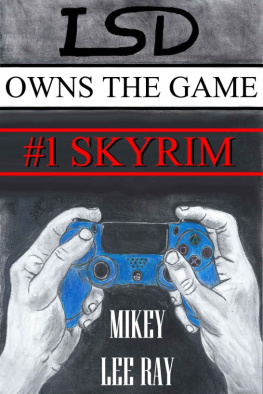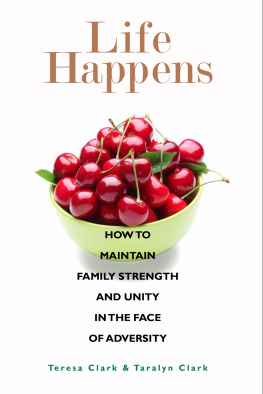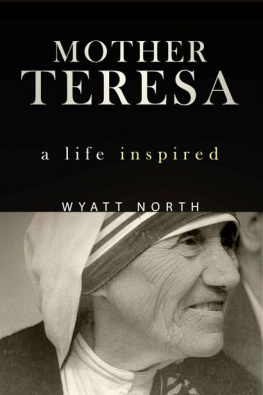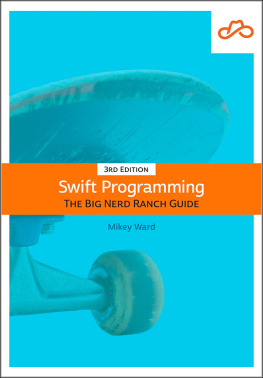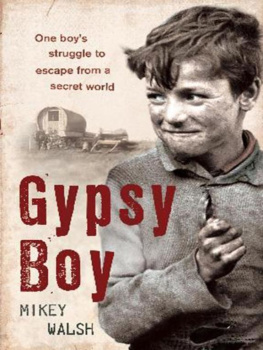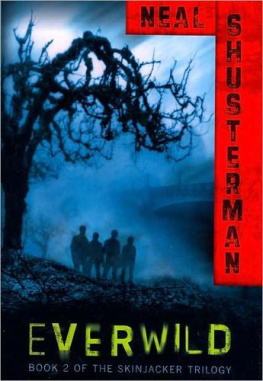
Copyright 2017 by Teresa Sullivan
All rights reserved. No part of this publication may be reproduced, distributed, or transmitted in any form or by any means, including photocopying, recording, digital scanning, or other electronic or mechanical methods, without the prior written permission of the publisher, except in the case of brief quotations embodied in critical reviews and certain other noncommercial uses permitted by copyright law. For permission requests, please address She Writes Press.
Published 2017
Printed in the United States of America
Print ISBN: 978-1-63152-270-3
E-ISBN: 978-1-63152-271-0
Library of Congress Control Number: 2017940090
For information, address:
She Writes Press
1563 Solano Ave #546
Berkeley, CA 94707
Cover design Julie Metz, Ltd./metzdesign.com
Interior design by Tabitha Lahr
She Writes Press is a division of SparkPoint Studio, LLC.
Names and identifying characteristics have been changed to protect the privacy of certain individuals.
For Mikey
and
for our parents

contents
part one
Bits of Beets and Tadpoles
beets
T he house I grew up in looked like any other on the block. It was a rose-colored, stucco, three-bedroom ranch-style house on an extra-large lot in a middle-class neighborhood in Santa Monica, California, about three miles inland from the Pacific Ocean. There were white shutters on the windows, a shady covered front porch, and a huge living room picture window that Mom decorated with snow-in-a-can Happy Holidays at Christmas. A white wrought-iron gate protected the entrance to our huge backyard, which was enclosed by a cinderblock wall. A mass of untended pink geraniums flourished all along the other side of the house. The driveway was large enough to park our tan-and-white Ford station wagon and an old blue Lincoln.
Inside, there was food on the walls, particularly in the dining room. Canned shoestring beets stuck stubbornly to the pink and gray wallpaper. Some of the stains had been there for years. Black and virtually impossible to remove once dry, they blended well with the thin black lines in the pattern.
Dad had painted the rest of the walls in the house a high-gloss tan. Naugahyde had replaced fabric furniture. My grandmother bought us brown linoleum that looked like pebbles, and it covered the floors throughout the house. Everything could be easily swept and wiped clean. The wallpaper in the dining room was all that remained from the days before food was airborne, and it no longer went with anything. Maybe it reminded Mom of when she first decorated her new home, happy and optimistic about raising her girls here.
Even when my sister Mikey was eight years oldone year older than I wasshe was like a two-year-old. She didnt speak. She was brain damaged. That was the diagnosis given by a neurologist. She was blind, too.
Flying beets were not the only food adorning our walls, but they were the most plentiful. A brief foray into the kitchen refrigerator yielded a handful of the squishy red vegetable that Mikey had flung during a gleeful spin around the room. With a broad grin on her face and her arms swinging, she squeezed the beets between her fingers and they landed everywhere. Then, in a paradox of manners, she wiped her hand clean on her hair. Sometimes she flung food in a fit of frustration, moments before she clenched her forearm in her teeth, tearing at the flesh.
We never moved the furniturenot even a little bit. Everything was pushed up against the walls. There were no rugs or coffee tables, nothing Mikey could bump into or trip over. Keeping the rooms safe and predictable allowed her to move easily around the house. We were all responsible for keeping doors wide open; a partially open door meant Mikey could smash right into it, face first.
The dining room contained only two pieces of furniture. One, a large, overstuffed, armless black Naugahyde chair, Mikeys chair, was pushed into a corner. She sat in her chair for hours, squeezing Play-Doh between her fingers or bending the lid of a tin can back and forth until a piece broke off and fell to the floor. Without pausing, she continued to bend, working on a new piece. There were small cuts on most of her fingers. She rocked and bent for hours. We didnt take her treasures from her. She enjoyed rifling through the kitchen trashcan to find them and bending seemed to make her happy, to calm her.
In another corner of the dining room stood an antique china cabinet, a family heirloom. It was a golden-oak color with carved lions feet and a curved glass door. My grandmother had purchased it when she got engaged. It was an expensive indulgence and the nicest thing she ever owned.
After her parents died, Mom brought the cabinet to California from Illinois, had it refinished, and slowly filled it with pieces of pottery and china, including a pair of Santa Claus cups. Mom filled one of them half-full of milk every Christmas Eve, and we set it out, along with a plate of cookies, for Santa. I knew he had come, not only because there were presents, but also because on Christmas morning the cup was empty and Santa had eaten all but half of one cookie. A beautiful china pitcher, painted with purple grapes and green vines, sat on the middle shelf, surrounded by six cupseach painted with a different fruit. My grandmother could never have afforded such fine, hand-painted china and neither could we. Ill bet Mom came across them at one of the auctions she loved. Sometimes she found bargains that she sold for more than they cost, supplementing our income.
It is a mystery to me how the china cabinet remained intact through the years or why it resided in Mikeys favorite room. She could have easily destroyed it during a rampage of biting and flailing. Perhaps it was a defiant line in the sand of adjustments that had to be made to accommodate her.
Mom told me years later that when we first moved into our house in 1955, when Mikey and I were still babies, she visualized our large eat-in kitchen as a center of activity. We would gather every night to share a hearty meal and the events of our day. There would be no distractions, like newspapers, because we would listen to each other. And we would be expected to be on time, and would be, because wed want to be close with our family. Instead, meals came to represent everything that was different about our home and were a reminder of everything that would never be.
One dinner, when I was seven, stands out. I set the kitchen table with mismatched Melmac dishes and plastic glassesnothing breakable. I relished my time alone with Mom, working together to get dinner ready. I told her about my day at school, and she asked occasional questions or offered a bit of praise as she bustled about tasting this and that, making final seasoning adjustments. The scent of cooking onions filled the room when Mom opened the oven door. Pot roast nights were Dads favorite.
When Dad came home from work and strode into the kitchen that night, he kissed me on top of the head and asked, Hows the terrier today? Terrier was his nickname for Terry, as I was called back then. I only had a few minutes to talk before Mikey came in, so I spoke in a rush.
Mom and Dad exchanged a few words about how Mikey was doing. They never touched. When he took his seat, Dad opened the evening paper for a brief glance at the news before dinner.
With her Camel dangling from the corner of her mouth, Mom carried our meal to the kitchen table: salad with Thousand Island dressing, pot roast, bread, and oleo. I called out, Mikey, dinners ready. Come to the kitchen. She found her seat nearest the kitchen door and sat quietly in the orange plastic chair with her knees pulled up against her chest. Mikey was slender, with fine features, more delicate than mine, and pale translucent skin. Her chin-length brown hair was messy. She was pretty, except for her eyes. They were sunken with no color, only darkness and patches of white.
Next page

